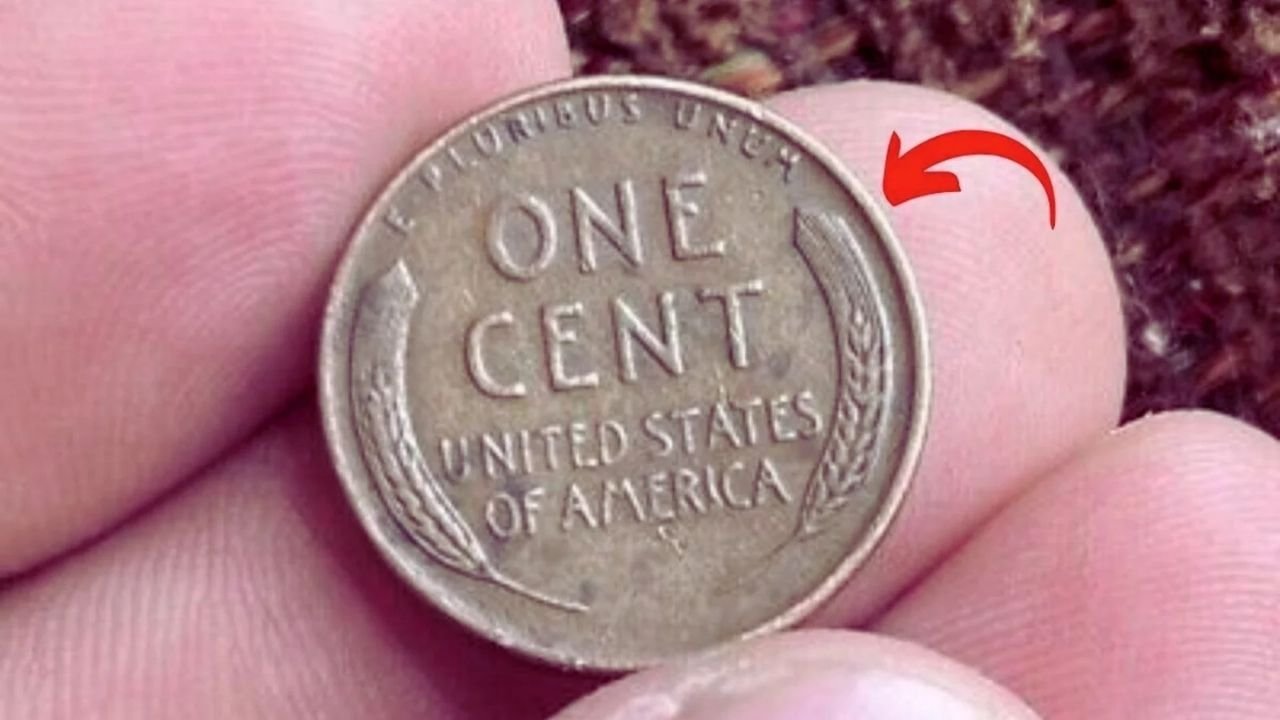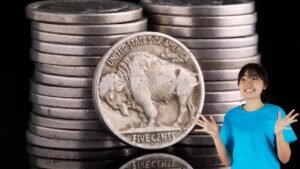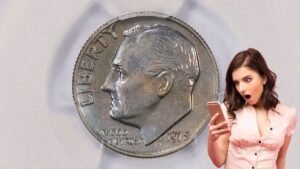Have you ever checked the coins in your pocket and thought they were just spare change? Think again. Some Lincoln Wheat Pennies, which look like ordinary pennies, have been valued at an unbelievable $78 million each. For collectors, these coins are like hidden treasures, and one could be sitting unnoticed in your home right now.
What Is a Lincoln Wheat Penny?
The Wheat Penny was first minted in 1909 to celebrate the 100th birth anniversary of Abraham Lincoln.
- Front (obverse): Lincoln’s portrait.
- Back (reverse): Two wheat stalks, which gave the coin its name.
- Designed by Victor D. Brenner.
While most Wheat Pennies are worth just one cent, a few rare variations are worth millions due to their history, errors, and rarity.
Why Are Some Worth $78 Million?
It’s not the copper that makes these pennies special—it’s the combination of:
- Rarity: Extremely limited mintage or error coins.
- Condition: Coins in near-perfect (mint state) condition fetch higher prices.
- Historical significance: Special designs or unique backstories.
Two ultra-rare Wheat Pennies have been valued at $78 million each, making them some of the most valuable coins in U.S. history.
Common vs. Rare Wheat Pennies
| Type of Wheat Penny | Typical Value | Rare Value Potential |
|---|---|---|
| Common 1940s Wheat Penny | 1¢ – 50¢ | Very low collector value |
| 1909-S VDB | $700 – $3,000+ | High collector demand |
| 1943 Steel Penny | 10¢ – $5 | Only rare errors are valuable |
| 1943 Copper Penny | $100,000 – $1.7M+ | Record auction sales |
| Ultra-rare $78M Pennies | Priceless | $78 Million each |
How to Spot a Valuable Wheat Penny
- Check the year and mintmark: Look for coins like 1909-S VDB, 1914-D, 1943 copper, and 1955 double-die.
- Inspect for errors: Double strikes, missing letters, or unusual metals can increase value.
- Condition counts: Uncirculated or mint-state coins are worth far more.
- Get professional grading: Services like PCGS or NGC verify authenticity and grade.
Where Could You Find One?
- In old family coin jars or inherited collections.
- At estate sales, flea markets, or antique shops.
- Rarely, even in everyday pocket change.
Insider Tips for Collectors
- Start small: Collect Wheat Pennies by year and mintmark.
- Protect your coins: Use holders or albums to prevent damage.
- Stay updated: Follow auctions and coin news to learn current values.
- Buy from trusted dealers: Avoid scams by choosing certified sellers.
FAQs About Rare Wheat Pennies
Q1: Are all Wheat Pennies valuable?
No. Most are worth only a few cents, but rare varieties can reach thousands or even millions.
Q2: How can I know if I have a $78 million penny?
You’ll need expert grading. Look for unique dates, mintmarks, and error features.
Q3: What year Wheat Pennies are most valuable?
1909-S VDB, 1914-D, 1943 copper, and 1955 double-die are some of the most sought-after.
Q4: Where can I sell a rare penny?
Auction houses, certified coin dealers, and trusted marketplaces are best.
Q5: Can I still find valuable pennies in circulation?
Yes, though rare, some collectors have discovered valuable coins in everyday change.
Conclusion: A Penny That Could Change Your Life
The story of the $78 million Wheat Pennies shows that everyday coins can hide unimaginable value. That old penny in your jar, or a coin passed down in the family, could turn out to be a life-changing treasure. The next time you see a Lincoln Wheat Penny, don’t dismiss it—it might just be your lucky fortune waiting to be discovered.



